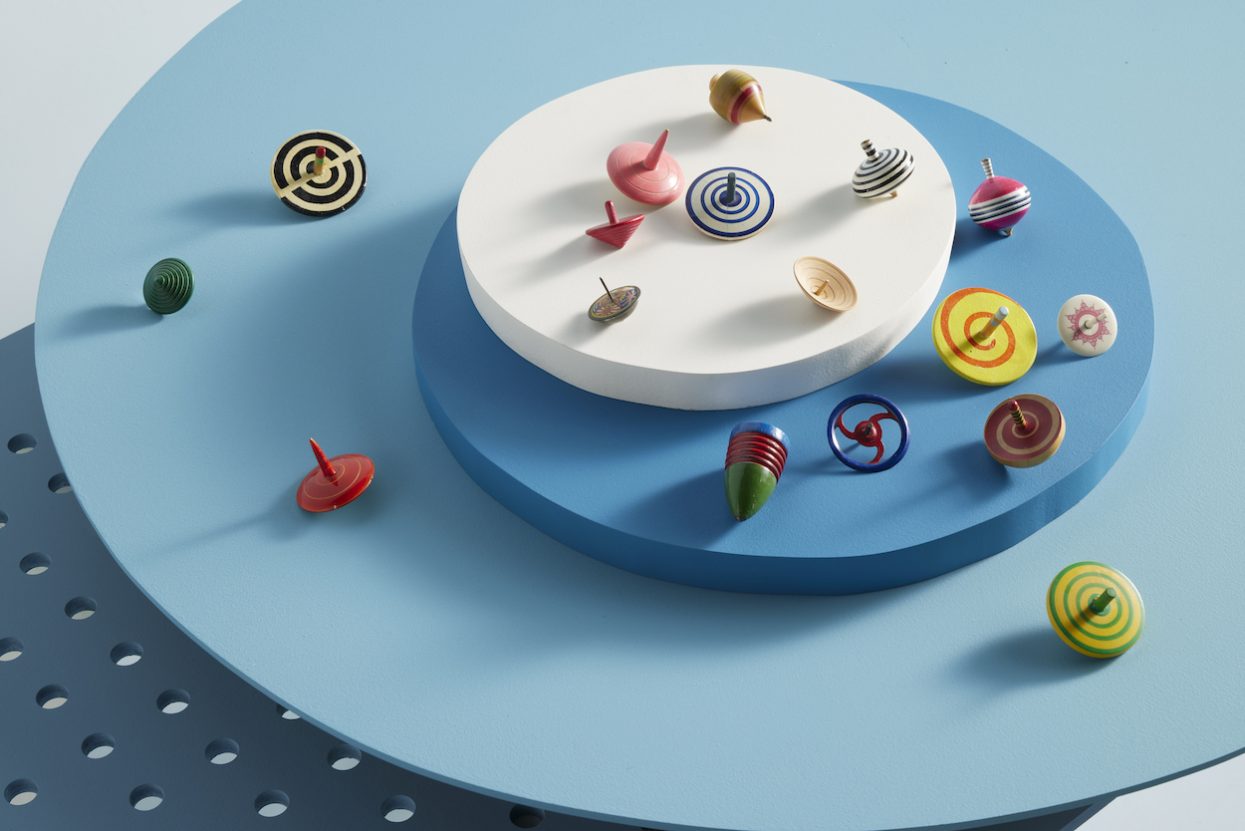Design with whimsical attributes—puffy motifs, exaggerated proportions, unexpected colors—often get described as “playful.” For many designers, however, play is all about process. That was the case for Charles and Ray Eames, the husband-and-wife duo whose visionary contributions to 20th-century design need no introduction. To the Eameses, play meant undertaking an activity simply for the value of the activity itself, developing connections and seeing where they lead by engaging in a process of trial and error. It also meant amassing thousands of toys strewn throughout their L.A. office as both brainstorming fodder and pleasant diversions. “Toys are not as innocent as they look,” Charles famously said. “Toys and games are the preludes to serious ideas.”
The duo’s predilection for play underscores “Toys & Play,” the latest exhibition from the Eames Institute for Infinite Curiosity, a virtual archive and gallery that aims to spread their ingenuity. The show features a trove of ephemera pulled from their archives, from a group of spinning tops and a circus mirror to tricycles, kites, and a barrel organ. Playing with these toys and studying their design attributes fed the studio’s intellect and proved instructive as they wove means of enjoyment into just about everything they did. In doing so, they sought to replicate the mindset of a curious child constantly observing their surroundings. Incorporating play in their design process enabled the studio to tackle problems elliptically, unburdened by self-consciousness and pretensions.


